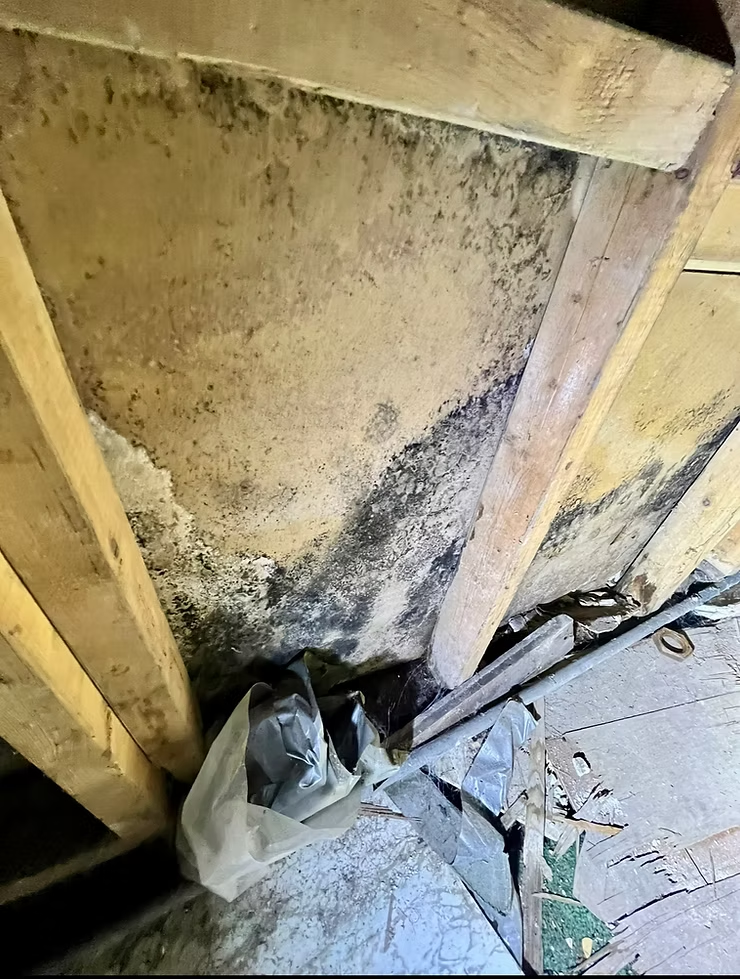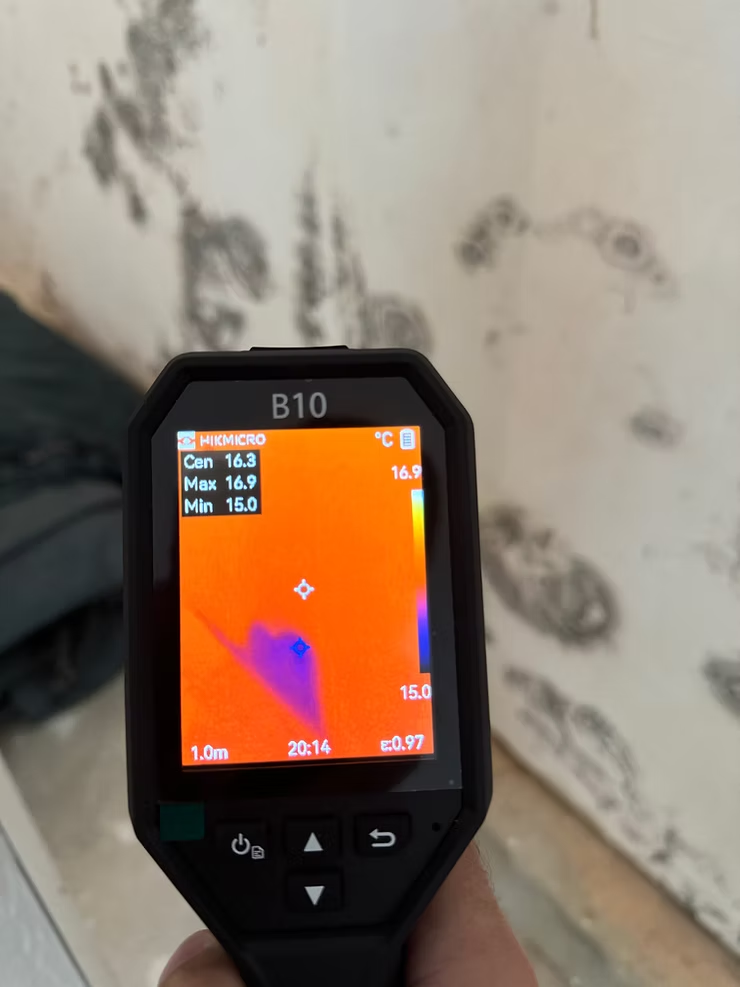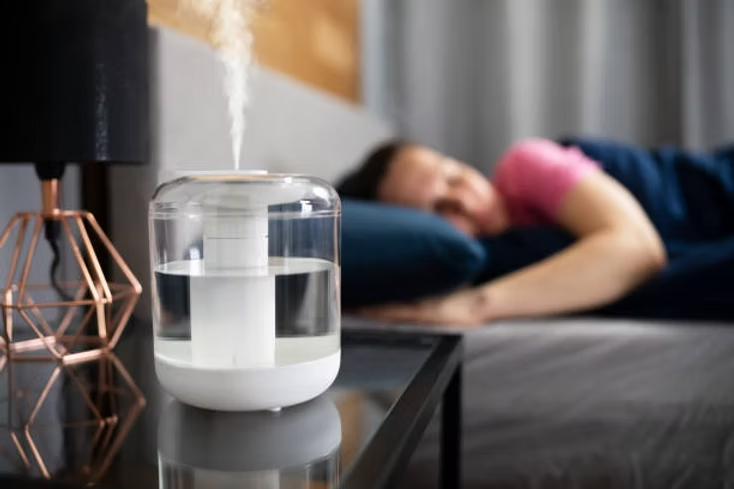Uncovering the Silent Threat: Exploring Health Risks Linked to Household Mold and the Importance of Mold Inspection and Testing
- admin323029
- Blog

Mold is often an unseen threat lurking in our homes. Most of us might think it’s just a minor nuisance, but this fungus can pose serious health risks. In fact, approximately 50% of homes in the U.S. have detectable mold. Understanding the health issues linked to mold exposure, the need for mold inspection, and the significance of testing can help safeguard your home and health.
Understanding Mold and Its Causes (Mold Inspection and Health Risks)
Mold is a type of fungus that flourishes in damp, warm areas within homes. Common spots include bathrooms, kitchens, and basements, where moisture accumulates easily.
Factors like poor ventilation, plumbing leaks, or rising humidity levels often trigger mold growth. For example, if a home experiences a leak that goes unaddressed for just 24-48 hours, mold can start to grow. Identifying these conditions is vital in preventing mold from taking hold in your living space.
Health Issues Tied to Mold Exposure
Mold exposure can lead to various health issues, from mild allergic reactions to severe respiratory illnesses.
Allergic Reactions
Individuals sensitive to mold may develop allergic reactions. Some common symptoms include:
- Sneezing
- Nasal congestion
- Skin rashes
- Itchy or watery eyes
Around 20% of people are allergic to mold, and for those with asthma, even small amounts can worsen symptoms significantly.
Respiratory Problems
Inhaling mold spores can worsen respiratory issues.
For asthmatics, mold can trigger increased asthma attacks, wheezing, and shortness of breath. According to the CDC, approximately 30% of asthma cases in children are attributable to mold exposure. Additionally, persistent exposure may lead to chronic respiratory problems in sensitive individuals.

Infections
Individuals with weakened immune systems are at a higher risk of infections due to mold exposure.
Certain molds, such as Aspergillus, can invade lungs and lead to serious health complications. For instance, up to 10% of patients with chronic lung diseases can develop invasive aspergillosis—a dangerous complication of mold exposure.
Neuropsychological Effects
Recent studies reveal potential links between mold exposure and neuropsychological issues.
Symptoms might include memory problems and mood disorders. Though research is still in the early stages, some data suggest that between 15-25% of people exposed to mold show signs of cognitive impairment. This highlights that mold can affect not just breathing, but overall mental health as well.
Why Mold Inspection Is Essential
Given the health risks posed by mold, a thorough mold inspection is crucial.
Early Detection
Mold can remain hidden for long periods, with the potential to grow unnoticed for months or even years.
Regular inspections are key for early detection. For instance, inspecting areas that are frequently damp, such as bathrooms, can catch mold before it spreads, minimizing health risks and potential damage.
Property Value
Mold can significantly impact a home’s value.
If mold problems go unaddressed, remediation costs can skyrocket. Homeowners may face bills ranging from $500 to $6,000 or more, depending on the severity of the mold issue. Regular inspections help maintain property integrity and can prevent costly remediation down the line.
Mold Testing: Understanding Its Importance
Mold testing involves collecting air or surface samples to identify mold presence and type.
Types of Testing
Testing can be categorized as air testing or surface testing.
- Air Testing: Gathers samples from the air to identify mold spores in your environment.
- Surface Testing: Involves taking samples from areas with visible mold growth.
Both methods provide crucial information, allowing homeowners to understand and address mold issues effectively.
Professional vs. DIY Testing
While DIY mold test kits are available, hiring professionals is a better choice in most cases.
Professionals use advanced equipment for accurate testing and are experienced in interpreting results. They can also guide the best remediation strategies if mold is found. For example, a professional inspection can reveal hidden mold in attics or basements that homeowners may overlook.
Conducting a Mold Inspection
If you suspect mold in your home, initiating a mold inspection should be a priority.
What to Expect
A thorough inspection often involves checking for visible mold, identifying sources of moisture, and pinpointing areas prone to dampness.
Experts typically inspect attics, basements, and other secluded areas where mold can grow unchecked.

Next Steps
If mold is discovered, the inspector will recommend necessary remediation steps.
These may include fixing moisture issues, repairing leaks, and removing moldy materials. Addressing these problems promptly can prevent future mold outbreaks, contributing to a healthier living environment.
Safeguarding Your Home from Mold
The silent threat of household mold is not something to ignore.
Understanding the various health dangers linked to mold exposure is essential for any homeowner. Regular mold inspections and testing can significantly protect both your health and the value of your home.
By taking proactive measures, you create a safer and healthier environment for you and your loved ones. Educating yourself about mold inspection and testing helps effectively combat this often-hidden hazard.

Are you worried about the cleanliness of your space?
Let us help you! Cleaning services are our specialty, and we offer a complete range of cleaning and maintenance services. Get a free estimate!




